
Peugeot 3008 SUV (2016-2024) long-term test
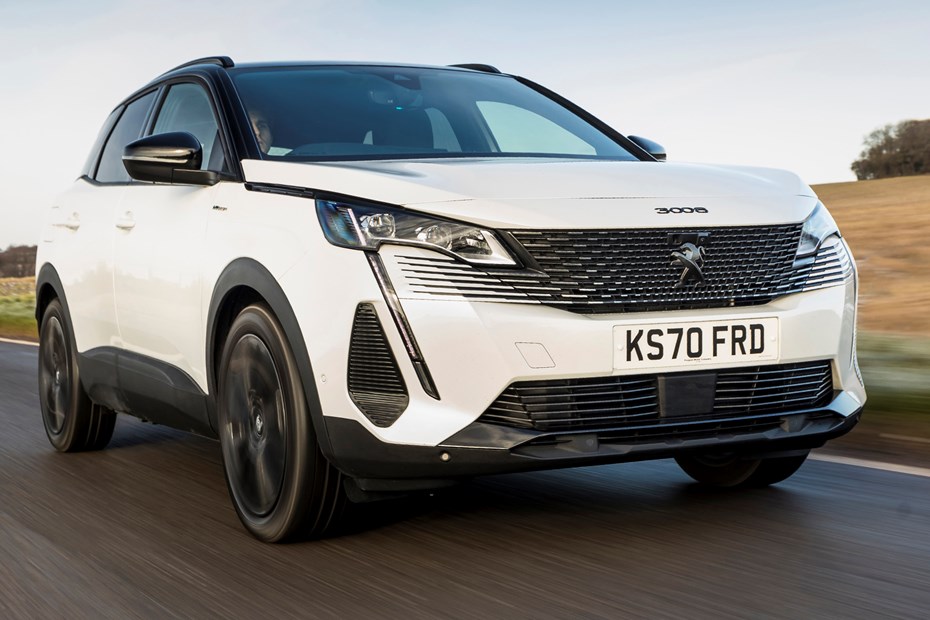

The Peugeot 3008’s an established favourite in the UK, blurring the lines between SUVs and less exciting, but functional, MPVs. Facelifted in 2021, the range-topping plug-in Hybrid4 has 300hp and four-wheel drive; almost twice the power of the most potent petrol. Is this the stealthy sports Peugeot?
Reports by Richard Kilpatrick.
Peugeot’s submitted its family SUV for a long-term review with Parkers, and it looks like in the roulette of test cars I’ve put it all on black. Specifically a 3008 Hybrid4, in black, with the optional black pack.
Jump to later updates, or scroll to read from the first in order.
- The inside story – cabin and controls
- 300hp family car? – performance
- Premium SUV – long-distance driving
Update 1: Welcome
Introducing the Peugeot 3008 Hybrid4
As someone who wears rather a lot of black myself, I should appreciate it – but it’s almost too uniform with the black wheels – the only disruption being the blade running lights, and the Peugeot lions on the wheels.
I half expect to come out and find a bunch of apes worshipping the 3008 – until one grabs a bone and develops tactical superiority.
Less SR-71, more F-117 – but stealth? Absolutely
Seriously, the 3008’s an interesting design with complex shapes and angles. It looks good all the time in metallic shades of red or blue; in black, it’s nice for about five seconds before dirt hides the complex surfacing and it just looks, well… big.

However, with plug-in hybrid technology, four-wheel drive and 300hp to play with it’s theoretically faster than the Ford Puma ST it replaces – yet far less obvious, and rather than farting cheerfully through gearchanges, it whispers about quietly most of the time. Until the 508 PSE, this was Peugeot’s most powerful car – ever.
What does a Peugeot 3008 Hybrid4 cost?
With options, as of January 2022 this GT Premium costs £48,445, with a base price of £46,745 – the third extra being a driver and passenger seat pack which adds some luxury in the form of an electrically-adjustable driver’s seat with massage, and heating for both.
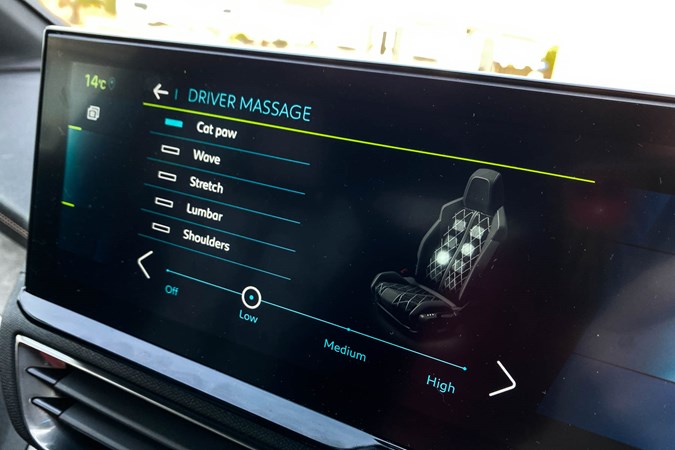
The passenger seat can fold forwards for really long loads, but once the passenger finds out (via the entire screen telling them when you switched it on) they don’t get massage as well, there will Be Words.
Better share the driving if you can.
How much is it really?
No-one pays cash for a car now, do they? It’s £478 per month on a 48-month PCP deal, plus just under £5,000 initial payment. That deal includes a deposit contribution from Peugeot of £6,300 and £1,000 ‘customer saving’, and over four years will have cost you slightly less than £27,500, or £6,875/year.
If you want to keep the car after four years, you’ll have to pay £20,400 to clear the final payment.
If you look at the numbers carefully you’ll find a 5.9% APR, but thanks to Peugeot’s discounts/contributions it’s effectively 0% finance – though it’s based on a meagre 6,000 miles per year.
Still – it’s not a bad deal for what you get, and sounds rather more palatable than ‘a family SUV’ for almost £50,000. Peugeot’s configurator offers monthly figures for options as well.
I’d recommend the £300 (about £6 per month) for the 7.4kW on-board charging, rather than the purely cosmetic black pack. It doubles the amount of free mileage you can get in a given time at Tesco and similar places with free chargers.
Technology – the headlines
Hybrid4 is the top of the 3008 range, and combines a 200hp 1.6-litre engine with front and rear electric motors and a 13kWh battery. Peugeot’s Hybrid4 is a complex setup, switching between rear-wheel electric drive, front electric drive and engine surprisingly smoothly, and achieving a real 18 miles on a full charge in winter. This does increase in summer and the range estimates displayed are fairly accurate.
It’s got adaptive cruise control, lane keeping, clear and powerful speakers, and the usual convenience features like electric tailgate and keyless entry. We’ll look at those in more detail later.
This is just the first update, after about 200 miles, and I’m still familiarising myself with how it drives but first impressions are good. Initial comment? This 3008 is one of the most refined mainstream cars I’ve driven.
DLC before you play
One experience I would hope your dealer will do for you is the software update. Before using the car I downloaded the Peugeot app, which requested firmware and map updates.

These are free (remember when a factory map update cost more than a high-end TomTom?), and you can make an update memory stick on a Mac or a PC – but the car has to be left running for an hour and a half for all the updates to complete. It’s a marked difference from the over-the-air updates in many cars now, but, it’s a big improvement from the days of arguing with the dealer and them charging you for bugfixes.
You will need a 32GB USB stick – I’d buy one of those low-profile ones and then you can leave it in the car full of music when you forget your phone. There’s only one USB port that I can find, though… and I’m going to need that music while getting some proper miles under the Hybrid4 wheels.
Update 2: the inside story – cabin and controls
The 3008’s dramatic interior has had time to become familiar, but is it good?
When Peugeot introduced the new 3008 and 5008, the i-Cockpit design was breathtaking. It still is – although other cars have been released with their own novel takes on dashboard and design, the split-level, driver-centric layout remains distinctive. It’s dominated, in an odd way, by the curiously small steering wheel but that rather gimmicky touch is balanced by clear, crisp digital instruments positioned high enough to obviate the need for a head up display, and fashion-design clever piano buttons, angles and materials finished to a high quality.
In the Hybrid4 GT Premium, the Alcantara suede-like dash and door trim is illuminated with a soft blue light that gives it a marvellous texture almost like stone, accentuated by the dark chrome of the buttons and complementing the two-tone, half-leather seats beautifully. For a family SUV it’s really quite fancy; for a £48,000 car, it’s about what you’d expect these days.
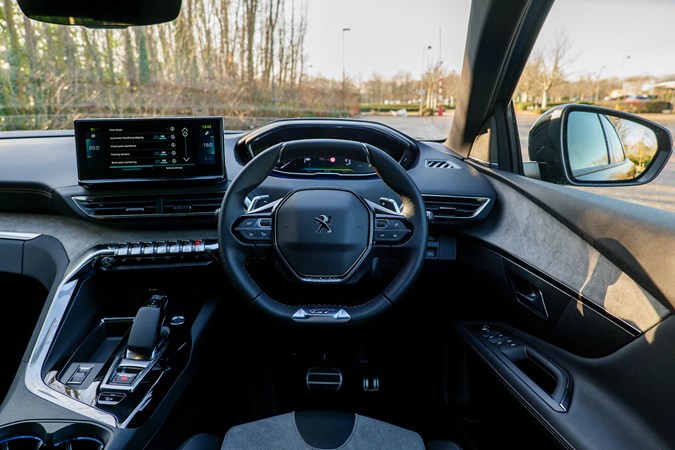
This interior was put together during Peugeot’s obsession with touch screens, and though the screen is bigger and higher definition, it’s still ‘in place of’ traditional controls rather than supplemental. That means heating adjustments are still a faff, yet because the row of buttons is intended as shortcuts, swapping between displays for energy/charging the battery on the move, Apple CarPlay, and navigation can be a clumsy process.
That’s the gadgets, though. How often do you play with those? What matters are the seats, the controls you use all the time and the visibility.
As a driver who really hates not being able to see everything outside the car, the 3008 is surprisingly satisfying; the layout is genuinely better than many traditional SUVs and the controls fall neatly to hand. My only real gripes are really fussy ones: the USB port is on top of the console when there’s a bin big enough to swallow a laptop between the seats, so let me put my phone in there for CarPlay, and the need to delve into screens to switch on eSave is distracting – the button also looks like an afterthought (because it is).
For some reason the ‘logic’ of the scroll wheels on the steering wheel puts the radio station list/track skip on the right, and the dashboard layout on the left. As these controls don’t have labels, a LHD/RHD switch in the infotainment could swap them for a more logical placement ‘next to the thing they adjust’, surely?
Long-distance comfort
If you regularly do long distances the benefits of Hybrid4 are reduced – but you will like the 3008. The driving position is excellent and the controls are light, but not vague, so it has a very secure feeling on long straights, and responsive handling in bends. The seats support you well, and of course there’s the option of massaging seats, great in slower queues.
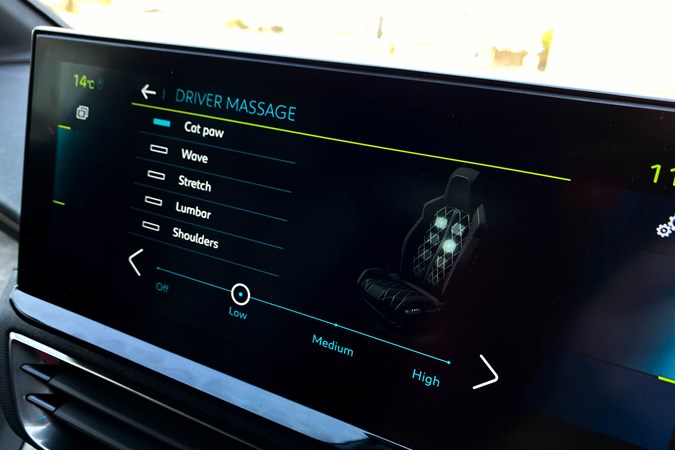
The small steering wheel is comfortable to hold, though the lack of controls on it can be a shock after many rivals’ button-laden spokes. Cruise control lurks on a stalk with many buttons for mode and distance selection (it’s adaptive, and there’s active lane keeping as well). My car has the Focal stereo, so hours at the wheel can pass without boredom thanks to its excellent, clear reproduction of voice and music alike, excellent for audiobooks or Kate Tempest. A lot of cars lose those frequencies to road noise, and yes, the 3008’s refinement makes conversation comfortable as well.
The windows can be opened without too much buffeting, though it helps to have one rear window cracked to provide throughflow, and when you want climate control it’s quiet, with the bonus of pre-heating activated by a timer or via a smartphone app even when the car isn’t plugged in, as long as it is locked and has over 50% charge.
Older kids and adults will appreciate that the rear windows wind down most of the way into the door, but they may not be as fond of the amount the back of the front seats intrudes – the rear cushion is quite long, leaving a smaller gap for knees than expected.
Update 3: performance – it’s no Impreza Estate
A 300hp family car with 4x4? It’s not quite the Q-car of nostalgic youth
No lies, I’m a bit of a boy racer, and the idea of a 300hp, all-wheel-drive but rather family-car shaped thing is inherently exciting. It’s not going to be obvious, but it’s going to be quick, right? And you can be all grown-up about the environmental benefits and common sense of plugging in (and I am, I’m more convinced than ever that for typical mixed use plug-in hybrids are brilliant – as long as you can charge at home).
You can indeed get from a standstill to 62mph in 6.0 seconds with it, more or less. I’ll trust the specs over being antisocial, but there are a lot of connotations with that sort of performance.
What was it like driving a powerful estate in the ’90s, grandad?
Back in ‘the old days’, when getting that much acceleration needed serious power, serious grip, and room to breathe from the engine, you’d need 2,500+ RPM for peak torque, and then another 3,000+ of that torque to be able to gain speed without needing 30 gears in between.
Which meant there was plenty of room when you were already doing 50mph to drop a couple of gears and overtake, or accelerate out of a bend.
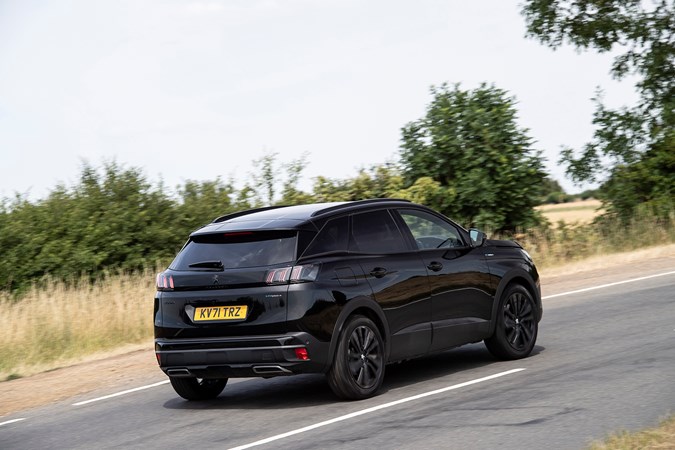
Speaking of bends, you could lose speed by changing down gears, or braking. The brakes on a good car would always behave the same way unless they were very cold or very hot; you could apply light pressure and gently adjust speed, put your foot to the floor and hope tyres and ABS would stop the car in an emergency, or firmly increase light to full pressure and bring the car to a smooth stop.
As an aside, most petrol and diesel cars you buy now across the industry, from the cheapest to the fastest, have achieved amazing consistency around braking. That makes it particularly inexplicable that so many hybrids and EVs haven’t.
What’s the 3008 Hybrid4 doing differently?
The Peugeot 3008 Hybrid4 does not do those things. It can accelerate quickly from a standstill, thanks to the electric motors and powerful petrol engine, but the initial shove fades too soon for overtaking, and really doesn’t have the torque and coordination to power out of bends cleanly. It’s safe, and if you maintain momentum it’s quick enough, but it’s not remotely fun.
Part of that is, of course, down to the weight. It’s a heavy car, as all battery-equipped cars tend to be. It’s also coordinating three engines, in essence – the petrol turbo, the front electric motor, and the rear electric motor; at points those motors also function as generators or for braking. Compare that to a normal car which has one source of power that it then distributes to the driven wheels, and you’ll understand why the 3008 Hybrid4 isn’t the most fluid of things to drive fast.
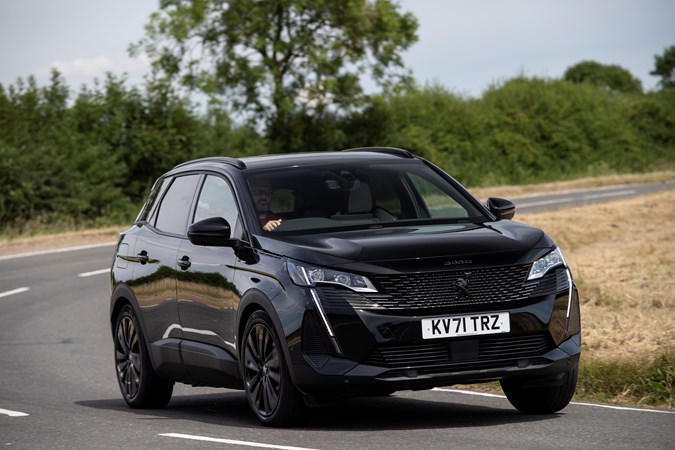
The weakest aspect is the feel of the brakes. While they stop it just fine, the bits in between going and stopping are unpredictable, and occasionally feel beyond your control.
What it has been, so far, is reliable. It’s also smooth, with the only jarring experience being how coarse and fussy it is when asked to move quickly in Sport mode. Peugeot’s power claims aside it’s nicer in hybrid or electric mode, where it favours the rear motor and feels quite lively off the mark – as long as it’s charged up.
So what’s the point of the Hybrid4?
It’s time to stop associating power and 0-62mph times with ‘speed’. As cars vary so much in weight, and have limiters or electric motors with a single gear, maybe we should abandon ‘horsepower’ and adopt ‘kW’. They measure the same thing, yet the connotations are different. At least they are for Britain, where many drives still see ‘280hp’ and think of turbocharged, rally-bred Subarus; some countries already use kW and it’s in every spec sheet.
In this case it simply means the electric motors have enough power to make it usable, fully-laden, on loose/rough ground as a four-wheel drive family car. It’s a class of vehicle that for most of Britain only makes sense for a couple of months of the year, but has a genuine market in many parts of Europe where even small 4x4s such as the Panda have thrived due to the climate, or amount of undeveloped, accessible land.
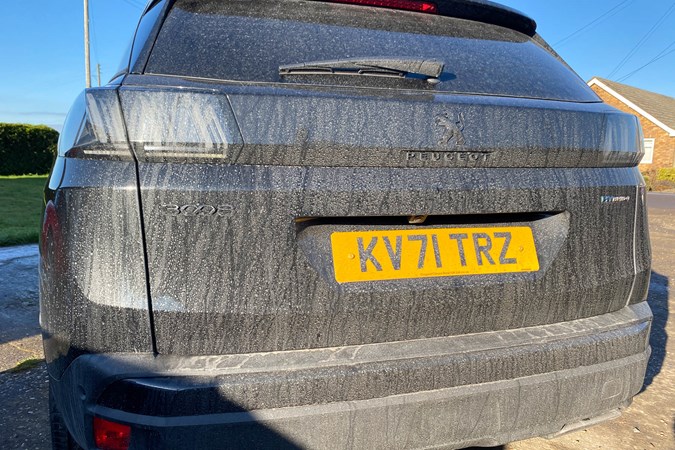
Here, it’s just bragging rights and they’re not well signposted. Most families will probably find the regular 3008 Hybrid a better fit, and much better value; keen drivers trying to sneak a bit of enjoyment when driving alone will find the Puma ST delivers, yet is far more than just ‘fast’.
Peugeot’s 3008 Hybrid4 is a powerful car, yes. But not as you know it.
How’s the 3008 Hybrid4 after three months?
Competent, easy to live with, and comfortable. It’s more convenient than most relatively large cars if you need to do a lot of short journeys, particularly if you feel a bit guilty firing up an engine for a couple of miles. It’s not just the environmental impact (petrol cars are very inefficient until the catalyst warms up, which can take a few miles) or the reduced engine wear, it’s the driving experience.
Driving the 3008 Hybrid4 in city traffic is even more relaxing than having an automatic. If you’re used to older cars it’s just much easier, calmer; if you’re used to recent cars it’s wonderful losing the delays and interruptions of start/stop, instead enjoying quick, responsive performance at roundabouts and junctions. The plug-in aspect of the 3008 has got better, too – the winter range of 19 miles (often around 13 miles in real terms) increased to 27 miles claimed/23-24 delivered during summer months.
Not everything is perfect for congestion, though. The 3008 Hybrid4’s brakes aren’t great at ‘slowing in traffic’, where you get initial response and hold for a progressive stop that could need to be a go instead. They feel like they back off, and you need to press more when you do need to stop. Not all the time though, you’d adjust to that – just infrequently enough to catch you out when approaching the car in front. Keeps you and your passengers awake, at least. As a result I tend to use adaptive cruise in appropriate queues and just let the car get on with it.

On longer journeys the adaptive cruise control and lane keeping make congestion and tedious stretches of roadworks very pleasant, and adult passengers have been nothing but positive about the comfort and noise levels.
It’s received compliments for the striking front end design, and when it’s been washed and detailed properly it looks very dramatic, though I still look enviously at the brighter colours of 3008 when I see them; this is one car where black is not slimming.
The only other irritations are minor. The placement of the charging port, need to plug the phone in for CarPlay, and constant need to ‘allow’ the Peugeot app that tracks your drives access to bluetooth. All of those can be avoided by giving up reliance on the smartphone, frankly, and the car’s navigation is more than good enough.
A financed example would cost less than £500/month and I’d be happy with the experience, image and value for money that provides, though I suspect there are flashier options available.
Update 4: long-distance driving – premium experience?
For this money you can get some very relaxing motorway cruisers – how’s the 3008 out of town?
For nearly £50,000 there are some very luxurious and refined new cars you could choose from, though not all are plug-in options. Aside from the very direct rivals of the Toyota RAV4 PHEV/Suzuki Across, and the Mazda CX-60 PHEV which is bigger, but cheaper and has a more traditional layout, you could get a Range Rover Evoque. Not a basic one, either – the four-wheel drive, D200 R-Dynamic S is missing a few convenience touches, but has the essentials of adaptive cruise, widely adjustable electric seats and over 40mpg.
So at the very least the 3008 should deliver a smooth and relaxing drive. And the good news is, it does. On the motorway or on long, straight and congested A-roads the adaptive cruise is extremely effective. The lane-keeping, less so, as it has a tendency to want to follow the kerbside line into laybys and junctions.
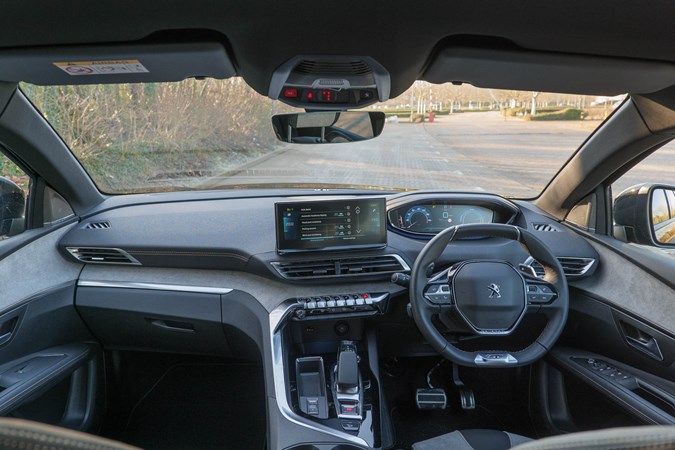
Climate control is effective and usually quiet, and the massage seat is welcome when stuck for long periods with no prospect of a break. At current prices there’s no cost benefit to plugging in and charging en-route, though. Fortunately the fuel tank is large enough to cover around 300 miles before filling up, and the 3008 rarely dips below 40mpg even when the batteries are drained.
So what’s missing? The ride quality can be thumpy on expansion joints, the infotainment is far behind that of Mercedes, BMW and Jaguar Land Rover, and the automatic headlight dipping is abysmal, constantly flashing oncoming traffic or not switching to high beam as you drive out of a village into darkness. And once the battery is empty, the 1.6 turbo petrol does not feel effortless.
Stellantis would argue that a premium, long-distance customer might prefer a DS 9 (they’re right), but the issue isn’t the core of the car, it’s all the effort made to get details right.
Prior to this I had a Mercedes CLA Shooting Brake; materials and engineering are broadly comparable (some aspects of the 3008 are much better) but the attention to detail of connected services, navigation, voice control and high-speed refinement felt like the car became an assistant. And what’s more premium than things being taken care of for you? You can’t even check the locks or windows on Peugeot’s smartphone app.
| Peugeot 3008 Hybrid4 |
|
| Current mileage | 6,749 |
| Real-world economy | 44.8 mpg |
| Official economy | 157.0 – 235.0 mpg |
| Parkers ‘MPP’ (miles per pound) | 23.8 – 35.7 mpp |
| Car joined Parkers fleet | January 2022 to July 2022 |
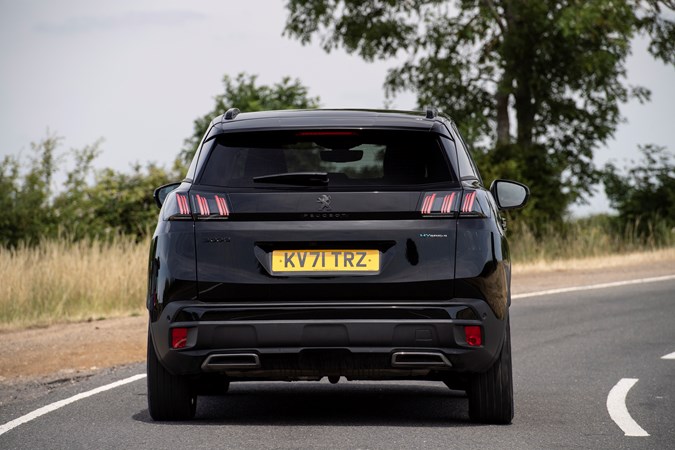



.jpg)
.jpg)
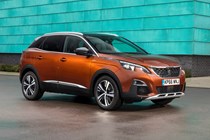
.jpg)
.jpg)
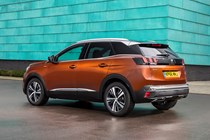
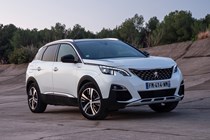
.jpg)
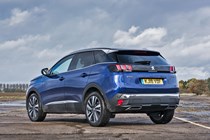
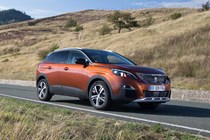
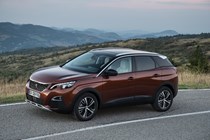
.jpg)
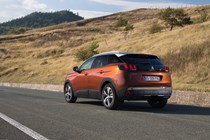
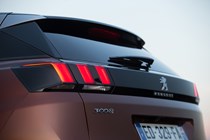
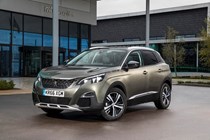
.jpg)
.jpg)
.jpg)
.jpg)
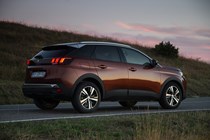
.jpg)
.jpg)
.jpg)
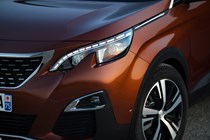
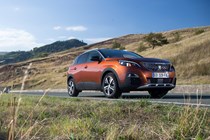
.jpg)

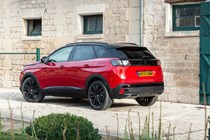
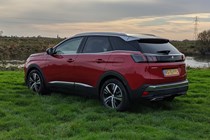
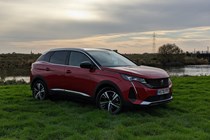
.jpg)
.jpg)
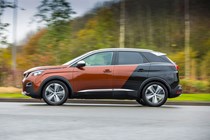
.jpg)
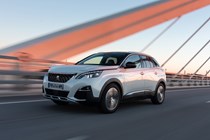
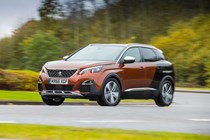
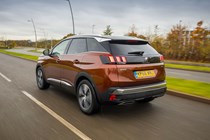
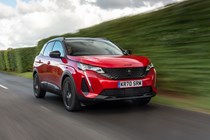
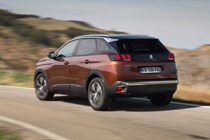
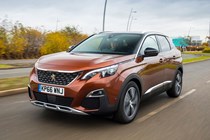
.jpg)
.jpg)

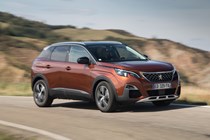

.jpg)
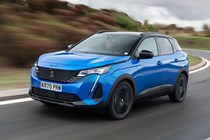
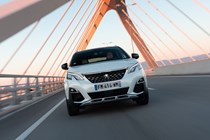

.jpg)
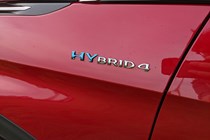
.jpg)
.jpg)
.jpg)
.jpg)
.jpg)
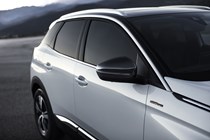
.jpg)
.jpg)
.jpg)
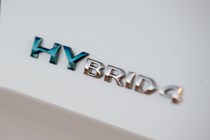
.jpg)

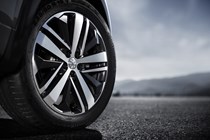
.jpg)
.jpg)
.jpg)
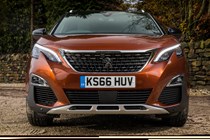
.jpg)
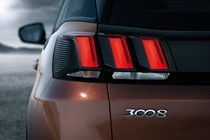
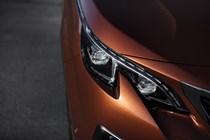
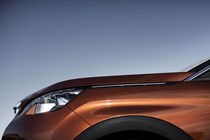
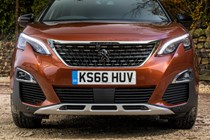

.jpg)
.jpg)

.jpg)
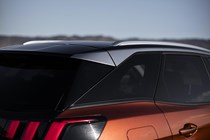
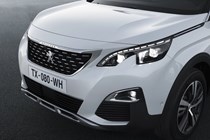
.jpg)

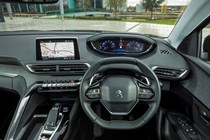
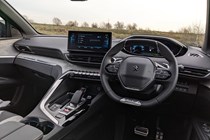
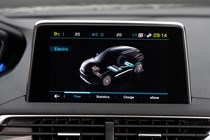
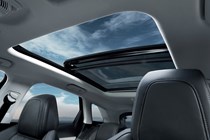
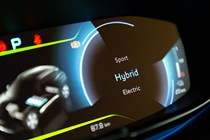
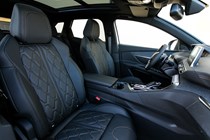
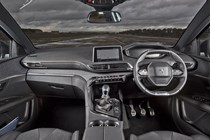
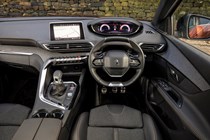
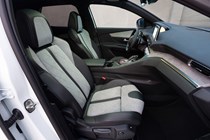
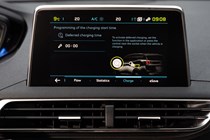
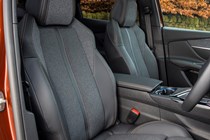

.jpg)
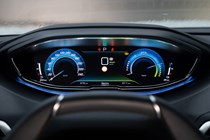

.jpg)
.jpg)
.jpg)
.jpg)
.jpg)
.jpg)
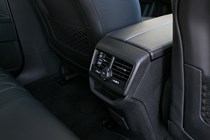
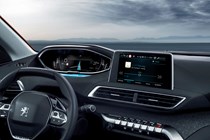
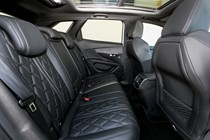
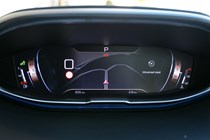
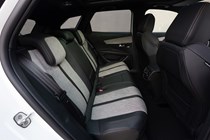
.jpg)
.jpg)
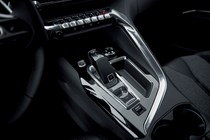
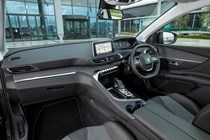
.jpg)

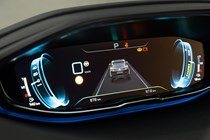
.jpg)
.jpg)
.jpg)
.jpg)
.jpg)
.jpg)
.jpg)
.jpg)
.jpg)
.jpg)
.jpg)
.jpg)
.jpg)
.jpg)
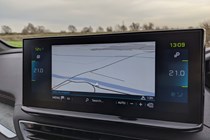
.jpg)
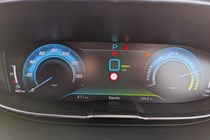
.jpg)
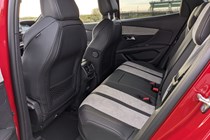
.jpg)
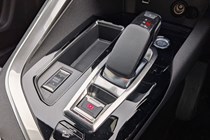


.jpg)
.jpg)
.jpg)
.jpg)
.jpg)
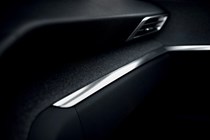
.jpg)
.jpg)
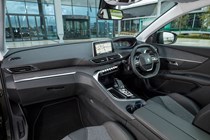
.jpg)
.jpg)
.jpg)
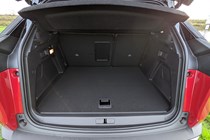
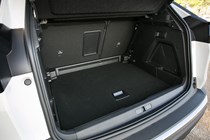
.jpg)
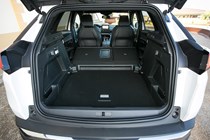
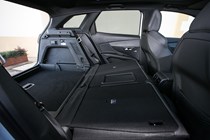

.jpg)
.jpg)
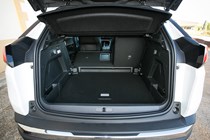
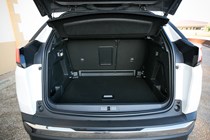
.jpg)
.jpg)
.jpg)
.jpg)
.jpg)
.jpg)



.jpg?quality=50)
.jpg?quality=50)

.jpg?quality=50)
.jpg?quality=50)


.jpg?quality=50)



.jpg?quality=50)



.jpg?quality=50)
.jpg?quality=50)
.jpg?quality=50)
.jpg?quality=50)

.jpg?quality=50)
.jpg?quality=50)
.jpg?quality=50)


.jpg?quality=50)




.jpg?quality=50)
.jpg?quality=50)

.jpg?quality=50)






.jpg?quality=50)
.jpg?quality=50)



.jpg?quality=50)



.jpg?quality=50)

.jpg?quality=50)
.jpg?quality=50)
.jpg?quality=50)
.jpg?quality=50)
.jpg?quality=50)

.jpg?quality=50)
.jpg?quality=50)
.jpg?quality=50)

.jpg?quality=50)


.jpg?quality=50)
.jpg?quality=50)
.jpg?quality=50)

.jpg?quality=50)





.jpg?quality=50)
.jpg?quality=50)

.jpg?quality=50)


.jpg?quality=50)













.jpg?quality=50)


.jpg?quality=50)
.jpg?quality=50)
.jpg?quality=50)
.jpg?quality=50)
.jpg?quality=50)
.jpg?quality=50)





.jpg?quality=50)
.jpg?quality=50)


.jpg?quality=50)


.jpg?quality=50)
.jpg?quality=50)
.jpg?quality=50)
.jpg?quality=50)
.jpg?quality=50)
.jpg?quality=50)
.jpg?quality=50)
.jpg?quality=50)
.jpg?quality=50)
.jpg?quality=50)
.jpg?quality=50)
.jpg?quality=50)
.jpg?quality=50)
.jpg?quality=50)

.jpg?quality=50)

.jpg?quality=50)

.jpg?quality=50)



.jpg?quality=50)
.jpg?quality=50)
.jpg?quality=50)
.jpg?quality=50)
.jpg?quality=50)

.jpg?quality=50)
.jpg?quality=50)

.jpg?quality=50)
.jpg?quality=50)
.jpg?quality=50)


.jpg?quality=50)



.jpg?quality=50)
.jpg?quality=50)


.jpg?quality=50)
.jpg?quality=50)
.jpg?quality=50)
.jpg?quality=50)
.jpg?quality=50)
.jpg?quality=50)